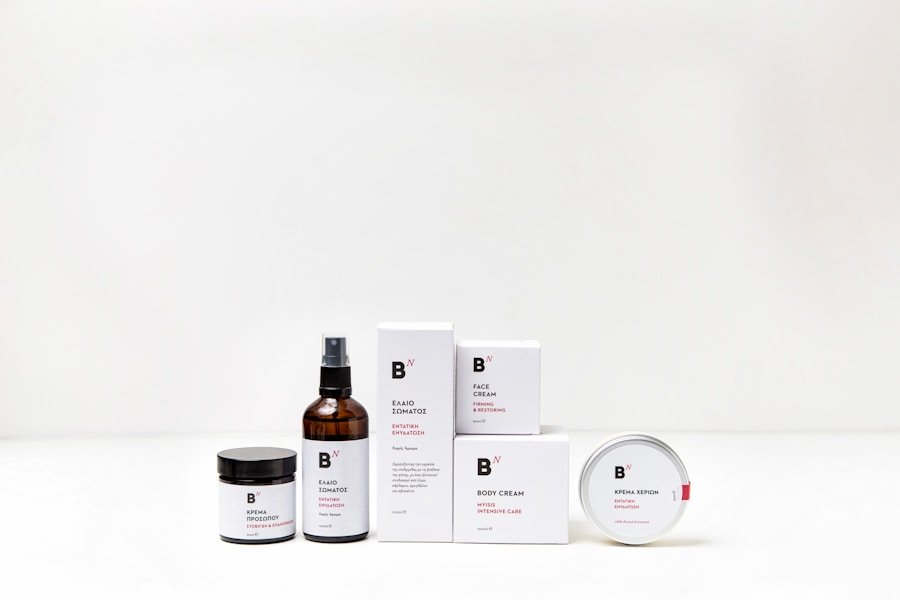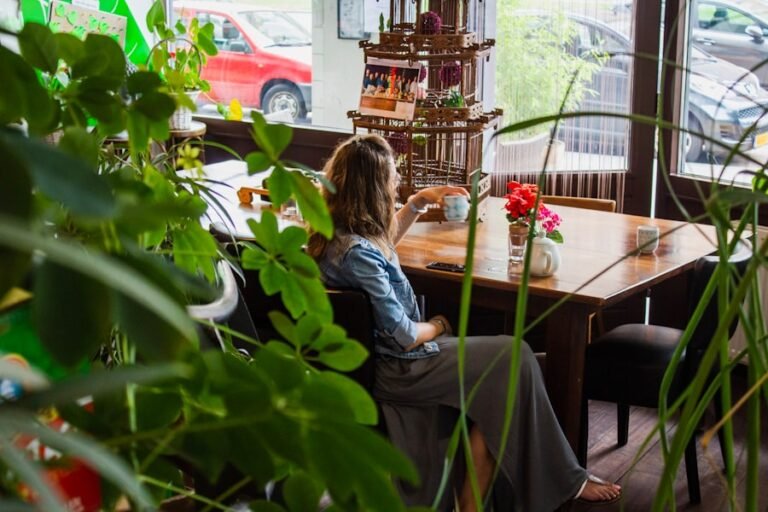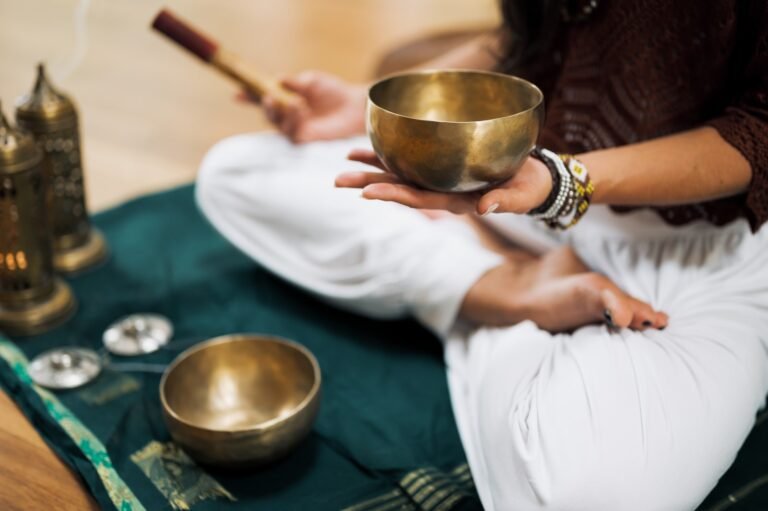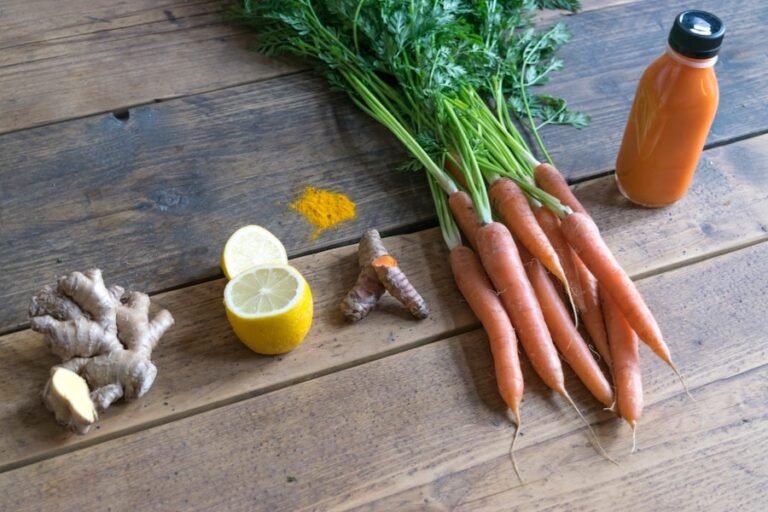DIY Skincare: How to Use Home Remedies for a Flawless Complexion
DIY skincare has become increasingly popular in recent years, as people are becoming more conscious of the ingredients they put on their skin. Creating your own skincare products allows you to have control over what goes into them, ensuring that you are using natural and beneficial ingredients. Not only does DIY skincare save you money, but it also allows you to customize your products to suit your specific skin needs. By using natural ingredients, you can achieve a flawless complexion without the use of harsh chemicals or artificial additives.
Understanding Your Skin
Before diving into DIY skincare, it is important to understand your skin type and its specific needs. There are four main skin types: oily, dry, combination, and normal. Oily skin tends to produce excess sebum, leading to a shiny complexion and frequent breakouts. Dry skin lacks moisture and can feel tight and flaky. Combination skin is a mix of both oily and dry areas, with an oily T-zone (forehead, nose, and chin) and dry cheeks. Normal skin is well-balanced and not prone to excessive oiliness or dryness.
Understanding your skin type will help you choose the right ingredients for your DIY skincare routine. For example, if you have oily skin, you may want to incorporate ingredients like tea tree oil or witch hazel, which have natural astringent properties to help control oil production. If you have dry skin, ingredients like avocado oil or shea butter can provide much-needed hydration.
The Power of Natural Ingredients
Using natural ingredients in your skincare routine can provide numerous benefits for your complexion. Natural ingredients are often rich in vitamins, minerals, and antioxidants that nourish the skin and promote a healthy glow. They are also less likely to cause irritation or allergic reactions compared to synthetic ingredients.
Some of the best home remedies for a clear and glowing complexion include:
– Honey: Honey is a natural humectant, meaning it helps to retain moisture in the skin. It also has antibacterial properties, making it effective for treating acne and preventing breakouts.
– Aloe vera: Aloe vera is known for its soothing and healing properties. It can help calm inflammation, reduce redness, and promote the healing of wounds or blemishes.
– Green tea: Green tea is packed with antioxidants that help fight free radicals and protect the skin from damage. It also has anti-inflammatory properties, making it beneficial for reducing redness and irritation.
– Lemon juice: Lemon juice is a natural exfoliant and can help brighten the skin. It contains citric acid, which helps to remove dead skin cells and promote cell turnover.
DIY Cleansers
One of the most important steps in any skincare routine is cleansing. Cleansing removes dirt, oil, and impurities from the skin, preventing clogged pores and breakouts. Making your own natural face wash is not only cost-effective but also allows you to tailor the ingredients to your specific skin needs.
To make a DIY cleanser, you can start with a base ingredient such as castile soap or honey. Castile soap is a gentle cleanser that effectively removes dirt and oil without stripping the skin of its natural moisture. Honey, on the other hand, is a natural humectant that helps to retain moisture while cleansing the skin.
You can customize your DIY cleanser by adding ingredients like tea tree oil for oily or acne-prone skin, or chamomile extract for sensitive or irritated skin. These additional ingredients provide extra benefits and target specific skin concerns.
Using a DIY cleanser allows you to avoid harsh chemicals found in many commercial cleansers that can strip the skin of its natural oils and disrupt its pH balance. Instead, you can create a gentle and effective cleanser that leaves your skin feeling clean and refreshed.
DIY Toners
Toners are an important step in any skincare routine as they help to balance the skin’s pH and hydrate the complexion. DIY toners can be easily made using natural ingredients that provide additional benefits for the skin.
To balance the skin’s pH, you can use ingredients like apple cider vinegar or rose water. Apple cider vinegar has natural astringent properties that help to tighten the skin and reduce the appearance of pores. Rose water, on the other hand, is soothing and hydrating, making it suitable for all skin types.
To add extra hydration to your DIY toner, you can incorporate ingredients like aloe vera gel or glycerin. Aloe vera gel is moisturizing and soothing, while glycerin helps to attract and retain moisture in the skin.
Using a DIY toner allows you to avoid alcohol-based toners that can be drying and irritating to the skin. Instead, you can create a gentle and hydrating toner that leaves your skin feeling balanced and refreshed.
DIY Masks
Masks are a great way to nourish and revitalize the skin, and making your own allows you to customize them to suit your specific needs. DIY masks can be made using a variety of natural ingredients that provide numerous benefits for the complexion.
For oily or acne-prone skin, ingredients like bentonite clay or activated charcoal can help draw out impurities and absorb excess oil. These ingredients also have antibacterial properties that help to prevent breakouts.
For dry or sensitive skin, ingredients like avocado or oatmeal can provide much-needed hydration and soothe irritation. Avocado is rich in healthy fats that nourish and moisturize the skin, while oatmeal has anti-inflammatory properties that help calm redness and itching.
To brighten dull or uneven skin tone, ingredients like turmeric or lemon juice can be used. Turmeric has antioxidant properties that help to brighten the skin and reduce hyperpigmentation. Lemon juice contains citric acid, which helps to exfoliate the skin and promote a more even complexion.
Using a DIY mask allows you to avoid harsh chemicals and artificial additives found in many commercial masks. Instead, you can create a mask that is tailored to your specific skin needs, providing nourishment and revitalization for a healthy and glowing complexion.
DIY Exfoliators
Exfoliating is an important step in any skincare routine as it helps to remove dead skin cells and reveal a smooth and radiant complexion. DIY exfoliators can be made using natural ingredients that are gentle yet effective.
To create a DIY exfoliator, you can start with a base ingredient like sugar or coffee grounds. Sugar is a natural exfoliant that helps to remove dead skin cells and promote cell turnover. Coffee grounds, on the other hand, have a slightly coarser texture that provides a deeper exfoliation.
You can customize your DIY exfoliator by adding ingredients like honey or coconut oil for added hydration, or lemon juice for brightening properties. These additional ingredients provide extra benefits and target specific skin concerns.
Using a DIY exfoliator allows you to avoid harsh scrubs that can be abrasive and irritating to the skin. Instead, you can create a gentle yet effective exfoliator that leaves your skin feeling smooth and renewed.
DIY Moisturizers
Moisturizing is an essential step in any skincare routine as it helps to hydrate and protect the skin from environmental damage. DIY moisturizers can be made using natural oils and butters that provide deep hydration without clogging the pores.
To create a DIY moisturizer, you can start with a base ingredient like shea butter or coconut oil. Shea butter is rich in vitamins A and E, which nourish the skin and promote elasticity. Coconut oil is easily absorbed by the skin and provides long-lasting hydration.
You can customize your DIY moisturizer by adding ingredients like jojoba oil or rosehip seed oil for added benefits. Jojoba oil is similar to the skin’s natural sebum, making it suitable for all skin types. Rosehip seed oil is rich in antioxidants and essential fatty acids that help to repair and regenerate the skin.
Using a DIY moisturizer allows you to avoid synthetic ingredients like mineral oil or petroleum jelly that can clog the pores and cause breakouts. Instead, you can create a moisturizer that is tailored to your specific skin needs, providing deep hydration and protection for a healthy and glowing complexion.
DIY Eye Creams
The delicate skin around the eyes requires special care, and DIY eye creams can provide targeted treatment for dark circles and fine lines. Making your own eye cream allows you to use natural ingredients that are gentle yet effective.
To create a DIY eye cream, you can start with a base ingredient like almond oil or shea butter. Almond oil is rich in vitamin E, which helps to nourish and hydrate the skin. Shea butter is deeply moisturizing and helps to reduce the appearance of fine lines.
You can customize your DIY eye cream by adding ingredients like cucumber extract or green tea extract for additional benefits. Cucumber extract has cooling and soothing properties that help to reduce puffiness and dark circles. Green tea extract is rich in antioxidants that help to protect the skin from damage and reduce signs of aging.
Using a DIY eye cream allows you to avoid synthetic ingredients like parabens or fragrances that can irritate the delicate eye area. Instead, you can create an eye cream that is gentle yet effective, providing targeted treatment for dark circles and fine lines.
DIY Lip Balms
Keeping your lips soft and smooth is important for a healthy and youthful appearance, and DIY lip balms can provide long-lasting hydration without the use of artificial additives. Making your own lip balm allows you to use natural ingredients that nourish and protect the lips.
To create a DIY lip balm, you can start with a base ingredient like beeswax or cocoa butter. Beeswax helps to seal in moisture and protect the lips from environmental damage. Cocoa butter is deeply moisturizing and helps to prevent dryness and chapping.
You can customize your DIY lip balm by adding ingredients like honey or coconut oil for added hydration, or peppermint oil for a refreshing scent. These additional ingredients provide extra benefits and enhance the overall experience of using the lip balm.
Using a DIY lip balm allows you to avoid synthetic ingredients like petroleum jelly or artificial flavors that can be drying or irritating to the lips. Instead, you can create a lip balm that is nourishing and protective, keeping your lips soft and smooth.
DIY skincare offers numerous benefits for achieving a flawless complexion. By using natural ingredients, you can nourish and revitalize your skin without the use of harsh chemicals or artificial additives. Understanding your skin type and its specific needs allows you to tailor your DIY skincare routine to suit your individual needs.
From cleansers to moisturizers, there are endless possibilities for creating your own skincare products at home. DIY skincare not only saves you money but also allows you to have control over what goes onto your skin. By incorporating home remedies into your daily routine, you can achieve a healthy and glowing complexion that is free from harmful ingredients.
So why not give DIY skincare a try? Experiment with different natural ingredients and find what works best for your skin. Your complexion will thank you for it!






